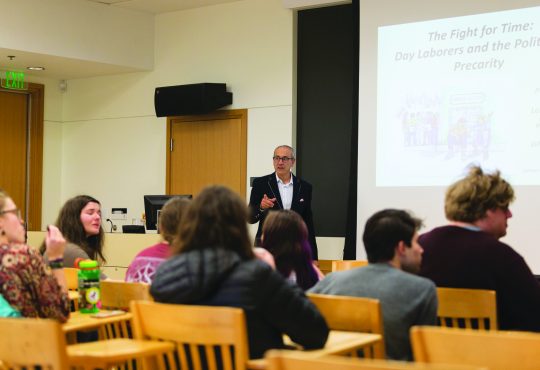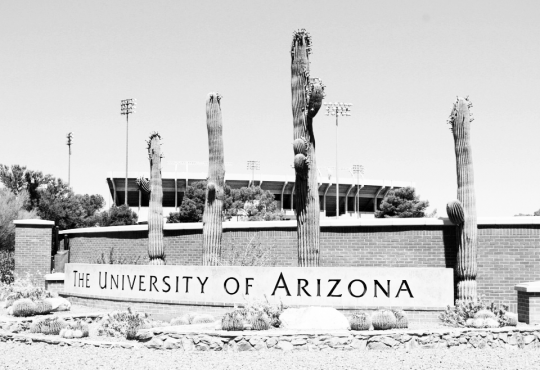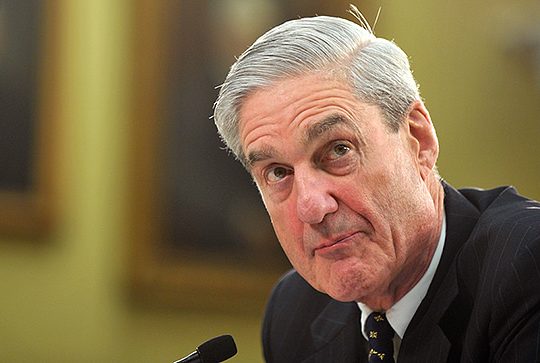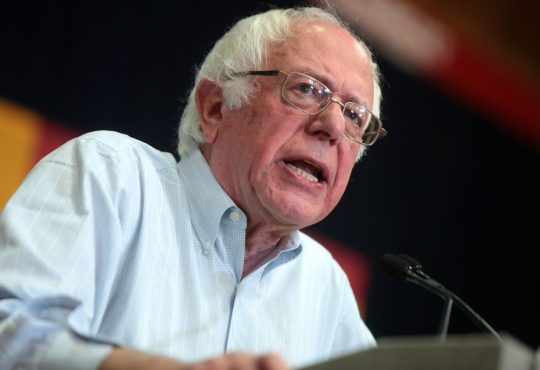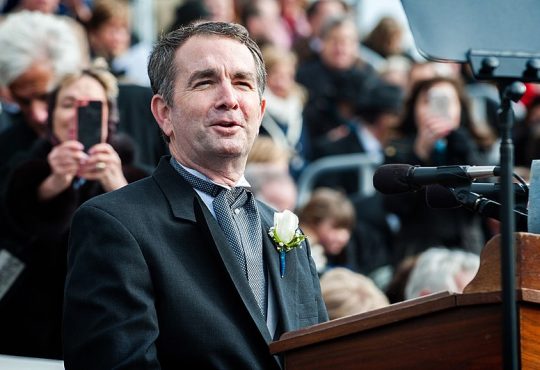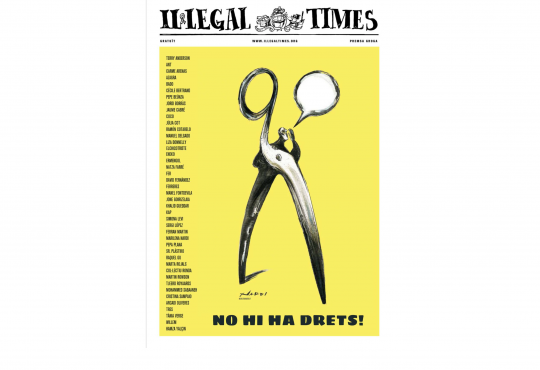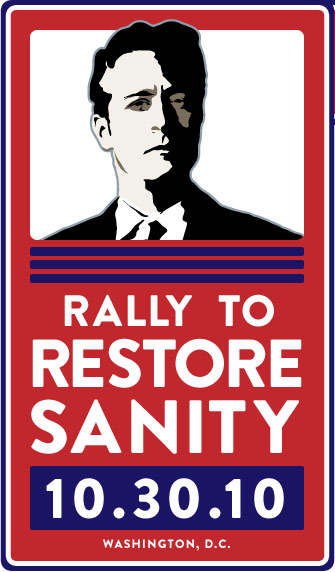
On Oct. 29 at the Washington Mall in Washington D.C., the satirists John Stewart and Stephen Colbert held an event called the Rally to Restore Sanity and/or Fear. Their goal was to counteract the fear-mongering of popular American media by injecting some levity into a debate that has taken itself far too seriously.
However, questions about the event still stand: Was the rally an apolitical event making all vitriolic politicians and primetime pundits the target of satire, or did it simply feed the liberal/conservative polemic that has come to dominate the political culture as represented by popular news media? The latter seems to be true, but more interestingly, the rally and it origins also allude to a change in the role of journalists and newscasters in mobilizing citizens in the information age.
Stewart’s and Colbert’s rally was a response to two rallies that took place this summer. On Aug. 28, the same day as Martin Luther King Jr.’s 1964 March on Washington, Fox news television commentator Glenn Beck held a rally to Restore Honor in America. It was billed as non-political and followed largely religious themes.
“[The rally] has nothing to do with politics. It has everything to do with God, turning our faith back to the values and principles that made us great,” Beck stated.
However, Beck’s rally, which included appearances by former Alaska governor and “tea party” icon Sarah Palin, drew many conservative supporters disenchanted with President Obama’s performance. The number of people present ranged from 96,000 to 600,000, depending on the estimate source.
That same day, the Reverend Al Sharpton led a rally in commemoration of King’s march. Both Beck and Sharpton layed claim to the legacy of King’s—the pre-eminent civil rights leader who fought for political change at the federal level.
By contrast, Stewart’s and Colbert’s rally stood as a rather conspicuous event conceived in opposition to Beck and the tendency of many prime-time pundits to demonize their political opponents. The practice of audience manipulation by cultivating resentment towards and resorting to ad hominem attacks against political figures like President Obama became the “insanity” or “fear” that the Stewart/Colbert Rally would correct.
Above all, it seems that the policies and political manuevers of Washington were not the target of Stewart’s and Colbert’s derision and mockery. Rather, the media hounds who dominate the airwaves and target political figures and social groups — men like Rush Limbaugh, Keith Olberman and Glenn Beck himself — were criticized for pandering to the ire and fear of viewers.
“The rally ridiculed the media as too partisan, too loud, and too unrepresentative of Americans as a whole,” wrote The Washington Post.
Nevertheless, in the eyes of many who watched coverage of both Beck’s march and the Stewart/Colbert rally, such methods were deployed all along, if only through satire, subterfuge and appeals for a “new direction” in popular thought. These two events, hosted by influential cable television commentators, fit perfectly into the liberal/conservative dichotomy and were indubitably political.
The rallies demonstrated the power that these popular media figures have in influencing political discourse. Even though the hosts avoided the attacks that make up much of their shows’ content, the symbolic split — as well as the crowds’ sense of each rally’s political voice and significance — merely perpetuated the polarized debate on a grander and open-air scale.

